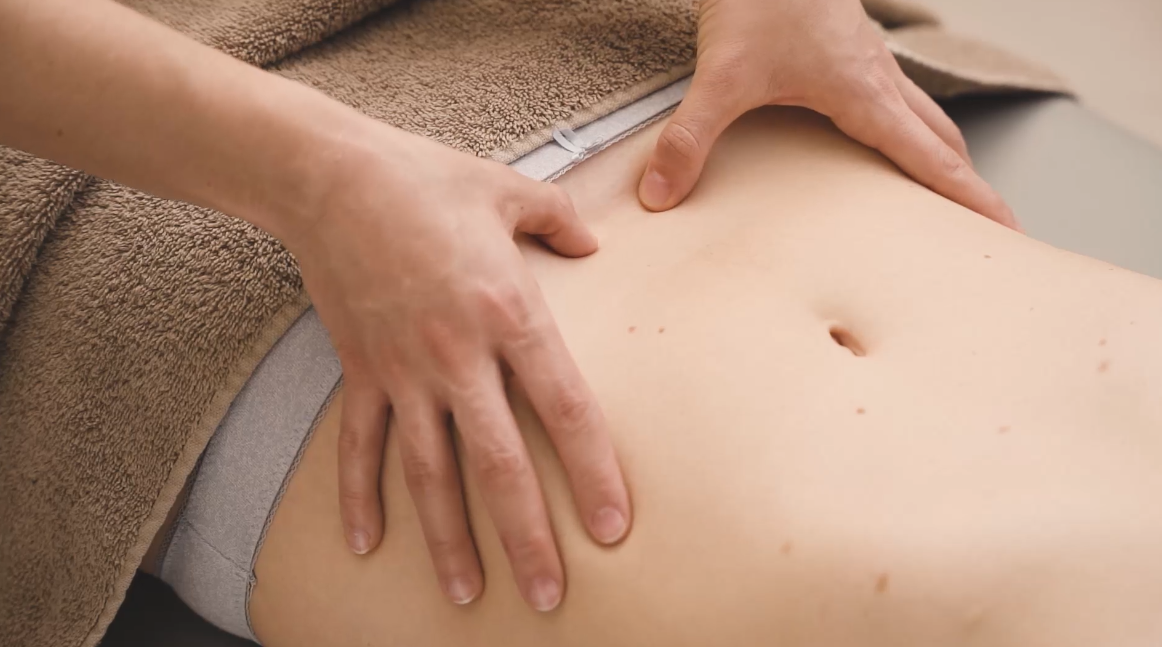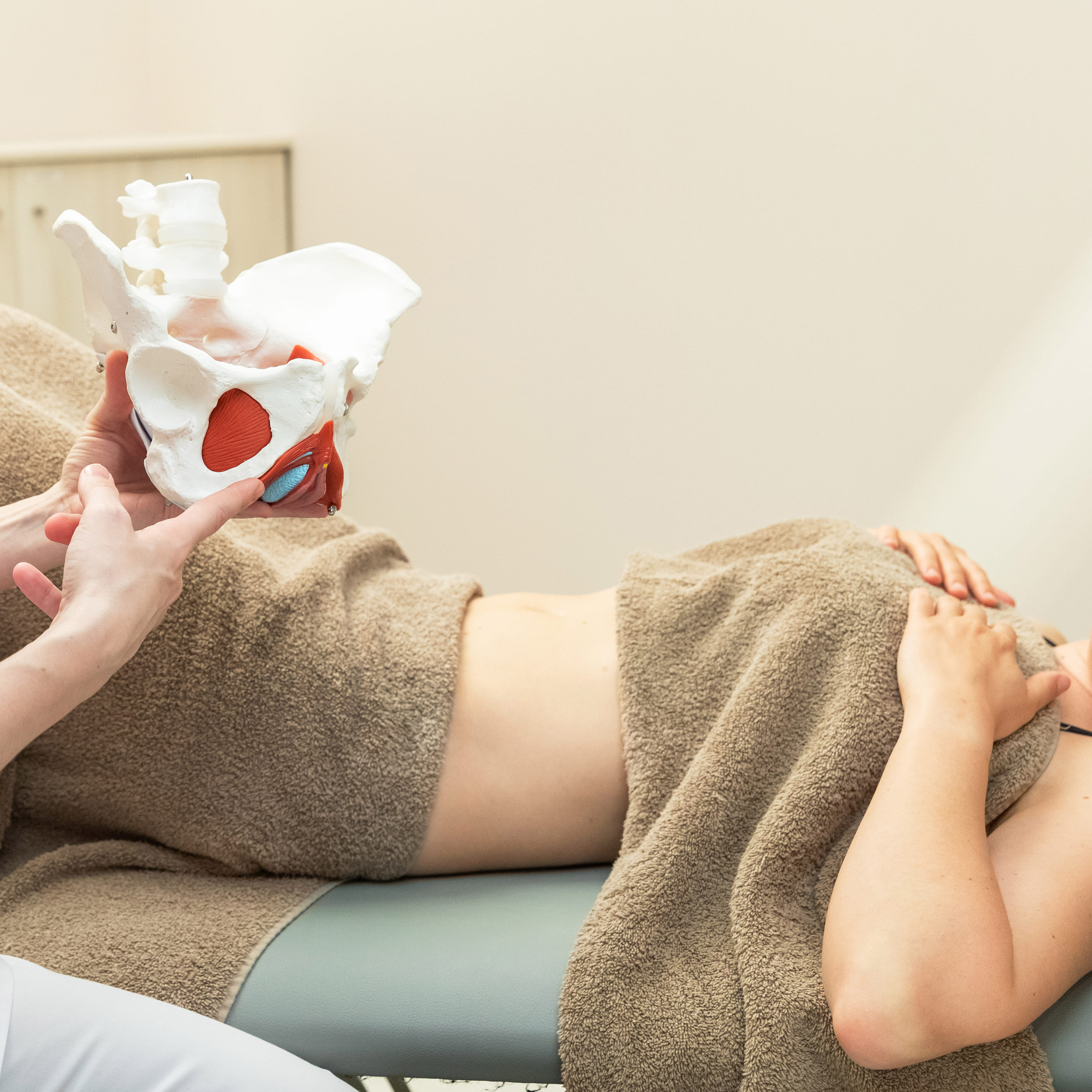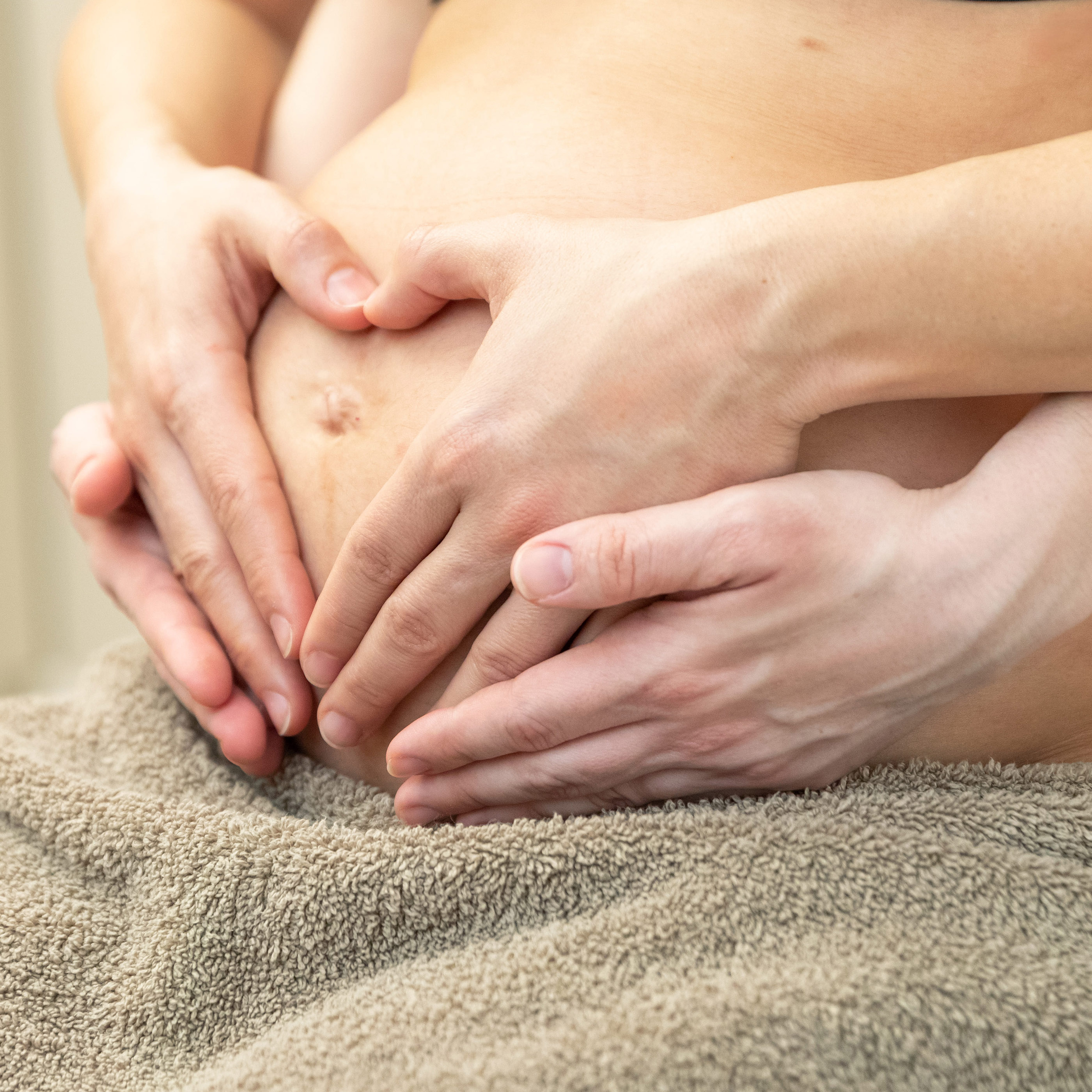With urogynecological physical therapy we help you treat and prevent dysfunctions at the abdominopelvic level.
Acabar con el dolor es posible y nuestro equipo quiere ayudarle a conseguirlo. Dé el primer paso contactando con nosotros.
Madrid: +34 919 148 441
Barcelona: +34 936 090 777
Llevamos la excelencia neuroquirúrgica a Sevilla, ofreciendo servicios especializados en neurocirugía de columna y cráneo.
¡Llama al +34 955 277 751 o +34 633 143 686 para más información!
With urogynecological physical therapy we help you treat and prevent dysfunctions at the abdominopelvic level.

Urogynecological physical therapy is a specialty of physical therapy that focuses on evaluation, prevention, and treatment of various dysfunctions that can occur at the abdominopelvic level in both men and women.

The function of the pelvic floor is to support the organs housed in the pelvic area, including the reproductive, urinary, and digestive organs. A dysfunction of the pelvic floor can lead to problems with these organs that are treatable with this type of physical therapy. The most common pelvic floor dysfunctions are described here:
On your first visit, one of our physiotherapists specialized in pelvic floor rehabilitation will evaluate your condition, taking your medical history and examining your posture and an external and internal examination of all the structures related to the pelvic floor.
A totally personalized therapy plan will be designed according to your diagnosis, adapted to your needs and aimed at improving your quality of life. The type of treatment recommended may include several of the following:

Contact us so that we can give you a personalized assessment.